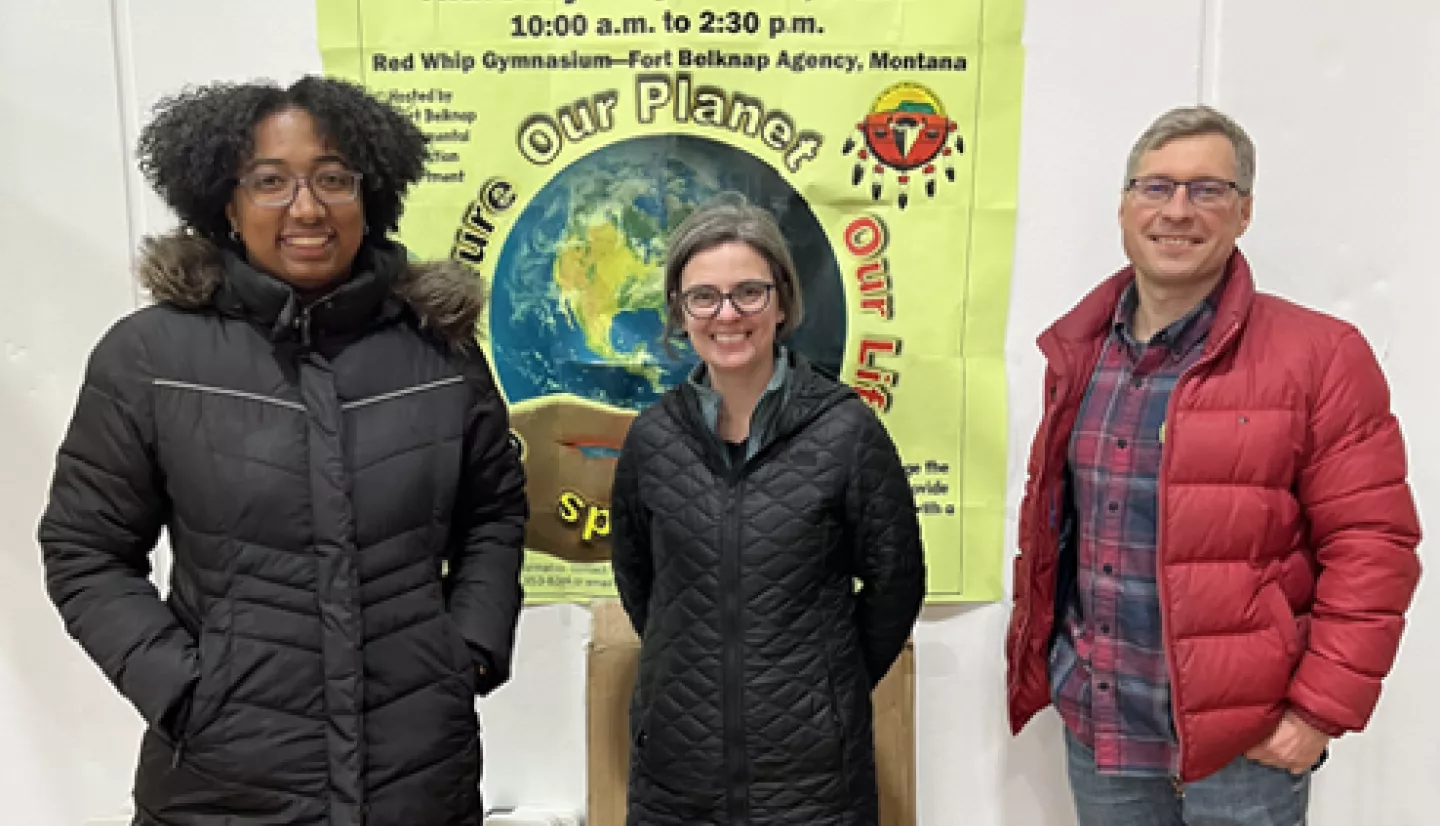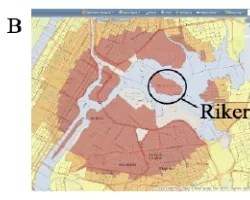Team: PI Dr. Sergii Skakun, University of Maryland; Dante Chinni, Michigan State University; Kristal Jones, JG Research & Evaluation & University of Maryland; Gasmine Myers, University of Maryland; Kylie Auble, University of Maryland; Gerald Burkett, University of Maryland; Delina Girmay, University of Maryland
Summary: Premature mortality caused by suicide, alcohol, and drug use (i.e. deaths of despair) has increased in the United States since the 1999, particularly among middle-aged White Americans without a college degree. However, Native Americans, a group which exhibits the highest premature mortality in the United States, remain excluded from most studies of declining life expectancy. In addition, limited attention has been paid to how environmental injustice may contribute to premature mortality by exacerbating socio-economic challenges in American communities. The previous empirical literature suggests that environmental factors may have particular relevance for social distress in Native American communities whose struggles for environmental justice (EJ) have been extensively documented. Native American lands are commonly targeted for noxious land uses, including dump sites, nuclear testing facilities, and extractive industries. Previous empirical research investigating environmental justice on Native American reservations and tribal lands suggests that these issues should also be considered when examining the contributing factors to socio-economic distress and declining life expectancy in these communities.
Using the case of Native American nations in Montana, the research project examines how experiences of environmental distress over time interact with other socio-economic challenges on tribal lands. The relatively large Native American population and the amount of land area under Tribal sovereignty make Montana an excellent, policy-relevant testbed of the relationship between EJ and surging premature mortality rates, with multiple death of despair ‘hotspots’ and a suite of socio-economic and environmental challenges. Our project takes a theory-driven approach to investigating the dynamic intersections between environmental and socio-economic conditions over time, in order to identify pathways whereby environmental hardship may contribute to (and result from) forms of socio-economic distress that are linked to premature mortality.
The project addresses multiple NASA goals with regards to EJ through extensive use of Earth science information (ESI) integrated with socio-economic data, state-of-the-art visualization methods, and collaborative efforts between social and Earth scientists, journalists, and community stakeholders. An enhanced understanding of intersecting global change processes affects Native American communities will inform interventions designed to promote EJ and facilitate more equitable socio-economic outcomes for marginalized people and places. All data products will be made publicly available on the American Communities Project (ACP) website. In addition to publications in academic journals, analytical findings will also be presented in stories on the ACP website and, if suitable, in news accounts on the other mainstream news websites for non-technical audiences.


